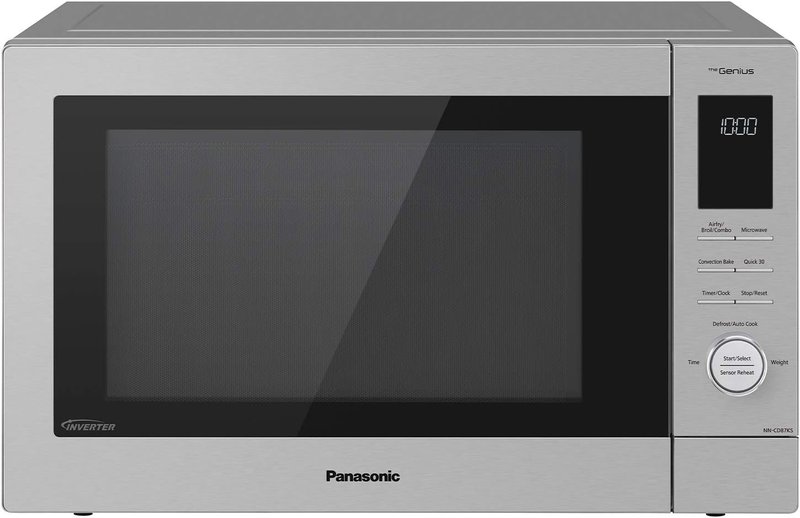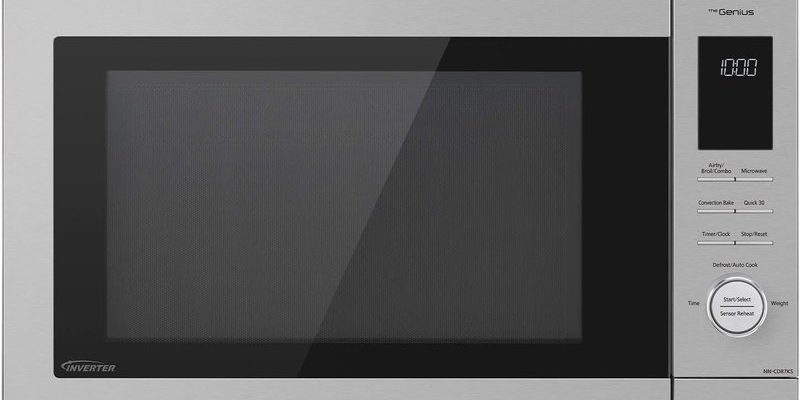
You might think of your microwave as a reliable kitchen helper, always ready to heat up leftovers or popcorn at the press of a button. When it suddenly throws a cryptic error like E3, it’s a bit like if your car’s check engine light came on without any warning. While it can be tempting to ignore the issue or set the appliance aside as “broken,” understanding what’s going on is the first step to solving the problem. Let’s dive into the reasons behind this error and explore easy, beginner-friendly solutions.
Understanding Error Code E3
So, what’s the big deal with this E3 error anyway? Error code E3 on a Panasonic microwave primarily relates to a problem with the microwave’s sensor system. This could be due to a faulty humidity sensor or an issue with the microwave’s ability to regulate temperature correctly. Imagine you’re a chef, and your trusty oven suddenly couldn’t tell if it’s too hot or too cool inside. It’s a bit like cooking blindfolded—you’d likely end up with burnt or undercooked food!
This error code might pop up when there’s an internal short circuit or even a malfunction in the sensor’s wiring. Picture it as trying to use a phone with a frayed charger cable—sometimes it gets the power, and sometimes it doesn’t. Similarly, if the sensor isn’t getting the correct signals, the microwave might show E3, signaling something’s off.
Now, what happens if you continue using the microwave with this error? You might end up with unevenly heated food, or worse, further damage the appliance, causing a more expensive repair. So, it’s worth understanding and addressing the problem promptly to ensure your microwave continues to perform its duties effectively.
Causes of the Error Code E3
Let’s break down what could cause this pesky E3 error code. The first likely culprit is a malfunctioning humidity sensor. This sensor plays a crucial role in detecting the moisture level inside your microwave, allowing it to adjust cooking times automatically. Think of it as having a smart assistant who knows just when to stop cooking to avoid drying out your food. If the sensor is faulty, it can’t do its job properly, leading to the E3 error code.
Another potential cause is a problem with the microwave’s temperature controls. If the microwave can’t correctly monitor or adjust its internal temperature, it may trigger an E3 error. It’s akin to a thermostat that’s stuck at the wrong setting—it can’t keep the environment comfortable, and things either overheat or don’t heat enough.
Additionally, wiring issues can also be a factor. Like a miscommunication between two people, if the wires connecting the sensor to the main control are loose or damaged, the signal might not get through, causing the E3 error. Identifying and correcting these problems can help restore your microwave to perfect working order.
Solutions and Fixes for Error Code E3
So, what can you do about the E3 error code? Here’s the deal—while some fixes might be simple, others could require a bit more technical know-how. Start by unplugging your microwave and letting it sit for a few minutes. This resets the electronics, much like rebooting your computer when it acts up. Sometimes, this simple step resolves the error if it was just a minor electronic glitch.
If that doesn’t help, consider checking the humidity sensor. This might be a bit like peeking under the hood of your car if you’re not mechanically inclined, but don’t worry. Refer to your microwave’s manual for guidance on accessing the sensor. If you find it dirty, gently clean it with a soft cloth. A clean sensor is like having clean glasses—everything just works better!
However, if the problem persists, it might be time to consult a professional. An experienced technician can assess the situation more deeply, and if replacement parts are needed, they can handle it safely. Remember, dealing with electrical components can be risky, so if you’re unsure, it’s always best to get expert help.
Preventative Measures and Final Thoughts
To avoid the E3 error in the future, it’s essential to use your microwave correctly and maintain it well. Ensure your microwave is kept clean, especially inside where the sensors reside. It’s a bit like keeping your car’s windshield clear so you can always see the road ahead. Regularly wiping down the interior helps prevent any build-up that might obstruct sensors or vents.
Also, be mindful of using the right cookware and settings. Just like you wouldn’t use a metal spoon in a non-stick pan, ensure you’re following the manufacturer’s instructions to avoid overwhelming the sensors or damaging internal parts.
In conclusion, tackling the Panasonic microwave’s E3 error code doesn’t have to be daunting. By understanding the causes, carefully examining potential issues, and addressing them promptly, you can keep your trusty appliance running smoothly. Whether by a simple reset or calling in professional help, you’re now equipped to handle this challenge. And remember, regular maintenance goes a long way in preventing such issues, ensuring your microwave remains a reliable kitchen companion.
